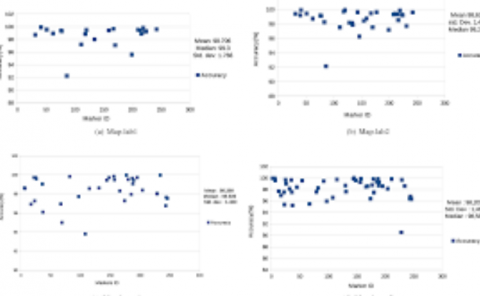Enabling Developers, Protecting Users: Investigating Harassment and Safety in VR
PubDate: Mar 2024
Teams: North Carolina State University
Writers: Abhinaya S.B., Aafaq Sabir, Anupam Das
PDF: Enabling Developers, Protecting Users: Investigating Harassment and Safety in VR
Abstract
Virtual Reality (VR) has witnessed a rising issue of harassment, prompting the integration of safety controls like muting and blocking in VR applications. However, the lack of standardized safety measures across VR applications hinders their universal effectiveness, especially across contexts like socializing, gaming, and streaming. While prior research has studied safety controls in social VR applications, our user study (n = 27) takes a multi-perspective approach, examining both users’ perceptions of safety control usability and effectiveness as well as the challenges that developers face in designing and deploying VR safety controls. We identify challenges VR users face while employing safety controls, such as finding users in crowded virtual spaces to block them. VR users also find controls ineffective in addressing harassment; for instance, they fail to eliminate the harassers’ presence from the environment. Further, VR users find the current methods of submitting evidence for reports time-consuming and cumbersome. Improvements desired by users include live moderation and behavior tracking across VR apps; however, developers cite technological, financial, and legal obstacles to implementing such solutions, often due to a lack of awareness and high development costs. We emphasize the importance of establishing technical and legal guidelines to enhance user safety in virtual environments.



